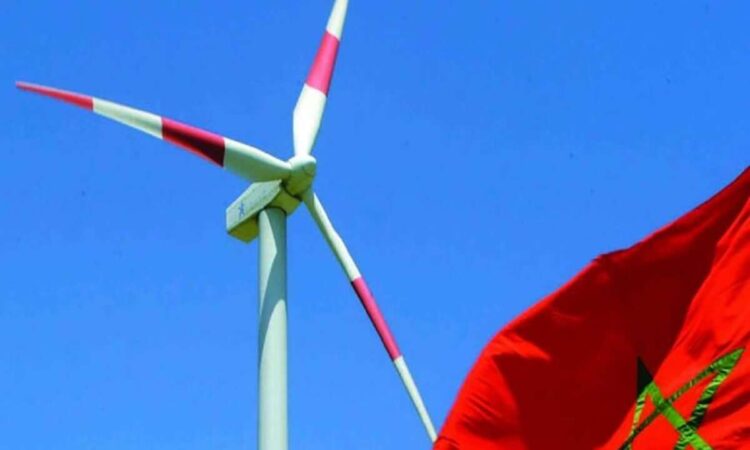
With the main objective of becoming more competitive, Morocco has reformed its economic structures to attract more and more investment. It has developed two main strategies: incentives for investment and the development of the green sector.
In 2021, Morocco was removed from the European Union (EU) list of non-cooperative countries and territories for tax purposes. This investigation, which aims to reduce tax evasion and harmful tax activities, looks at countries that are not part of the EU. Morocco was excluded from the grey list after reforming tax policies and because of its new budget law that has modified its Industrial Acceleration Zones (formerly known as Free Trade Zones) to meet international standards.
In order to compete mainly with the EU, in these zones and companies with Controlled Foreign Corporation (CFC) status, corporate taxes are 20%. According to the 2024 Investment Climate Statement: Morocco of the US Department of State (DOS), workers in the Economic Acceleration Zone also have a flat income tax rate of 20 % until January 2025.
These conditions compete with the EU average corporate tax rate of 21.3% this year. Morocco also offers VAT exemptions to investors using and importing equipment, material resources and tools needed for investment projects worth more than 20 million dollars.
Following the announcement of the EU Green Deal, Morocco unveiled its Tatwir Green Growth plan to attract more investment. The EU proposal, as part of the Social Climate Fund, provides 65 billion euros to support the “most vulnerable citizens and small businesses with the green transition”.
In parallel, the Moroccan project includes subsidies such as a 10 % equity contribution to SMEs in the green sector, a 30 % investment bonus for investments in industrial equipment contributing to the energy transition and coverage of up to 80 % of green sector-related consultancies for SMEs, among other things.
In this competition to attract investment through renewable energy, Morocco aims to make 52% of its energy consumption renewable by 2030. This rivals the EU’s pledge to reduce 55% of its emissions by 2030.
This environmental boost, according to Morocco’s new Development Model, would make the country a benchmark for sustainable, low-emission and long-lasting production methods. Within this same model, the objective of attracting ‘highly qualified Moroccans from around the world’ with specialisations in renewable energy, among others, is outlined. They are described as a bridge between the domestic and international markets. This connection provides Morocco with both foreign investment opportunities with its so-called “Morocco brand”, as well as access to a specialised workforce, something that allows it to compete with European companies.
The Maghreb country has a National Strategy for Green Hydrogen, a project that competes with existing green hydrogen plans and is attracting investor interest. Morocco aims to achieve a 4% share of the global green hydrogen market by 2050 and announced this year that it would set aside one million hectares of land for its production. According to the DOS, Morocco is a promising country for the green hydrogen sector due to its climate, especially the sun and air, as well as its agreements and relations with the EU as an exporter.






